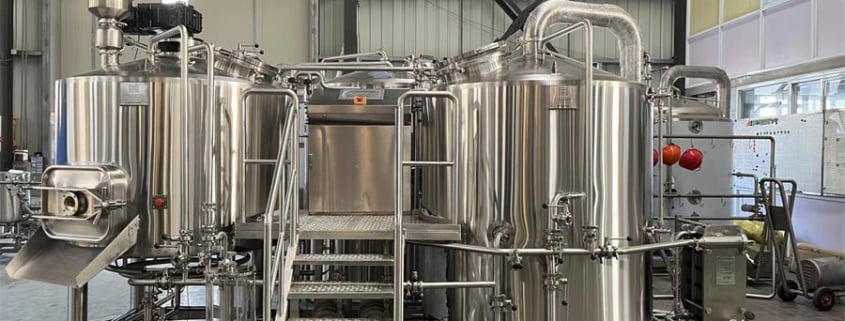Can Beginners Use a 3 BBL Fermenter
The Core Functions of the 3 bbl Fermenter
A 3 bbl fermenter is one of those unsung heroes in the world of brewing. You might not think of it when sipping on a crisp IPA or a rich stout, but it plays a crucial behind-the-scenes role. Essentially, this piece of equipment is where your beer becomes beer. It’s the heart of fermentation, transforming sweet wort into a bubbly, boozy delight. Whether you’re scaling up your homebrew operation or starting a small taproom, the 3 bbl (barrels) fermenter offers a sweet spot in terms of volume, space efficiency, and production capabilities.
In technical terms, its core functions include housing the fermentation process, maintaining precise temperature control, managing yeast health, allowing CO2 release, and enabling easy transfer for bottling or kegging. It’s like a brewery’s version of a magic cauldron—just far more stainless and slightly less mythical.

What Is a 3 bbl Fermenter?
Let’s break it down. “BBL” stands for barrel, and in the brewing world, one U.S. beer barrel equals 31 gallons. So a 3 bbl fermenter can handle about 93 gallons of beer in a single batch. That’s nearly 750 pints in one go—enough to make any brewer grin.
These fermenters are usually cylindrical-conical vessels (CCVs), meaning they have a cone-shaped bottom to collect yeast and sediment. They’re crafted from food-grade stainless steel for durability and ease of cleaning. Most 3 bbl fermenters also come with glycol jackets for temperature control, pressure relief valves, sample ports, and racking arms for transferring clear beer.
Perfect for nano breweries or upscale homebrewers looking to turn pro, the 3 bbl fermenter bridges the gap between homebrewing kits and full-blown commercial systems. It’s like the Goldilocks of fermenters—not too big, not too small, just right.
How It Works: Step-by-Step Brewing Process in a 3 bbl Fermenter
The magic starts right after the boil. The wort—the sweet liquid extracted from malt—is cooled down to fermentation temperature and pumped into the 3 bbl fermenter. From there, it’s all about biology and chemistry.
- Pitching the yeast – Once the cooled wort is in the fermenter, brewers add yeast. This microscopic workhorse gets right to it, converting sugars into alcohol and CO2.
- Primary fermentation – This is where the real transformation happens. The yeast multiplies and consumes the sugars, producing alcohol and releasing heat and gas. The fermenter’s glycol jacket keeps the temp steady (usually around 65–72°F for ales).
- Monitoring – Brewers regularly check gravity (sugar levels) and pH. Some use digital sensors; others stick with the classic hydrometer.
- Conditioning – After primary fermentation, the beer may stay in the fermenter to mature and clarify. The cone bottom collects sediment while the racking arm pulls off clear beer.
- Carbonation and transfer – Depending on the setup, brewers might carbonate in the fermenter or during packaging. Either way, the final step is moving that beer into kegs, bottles, or cans.
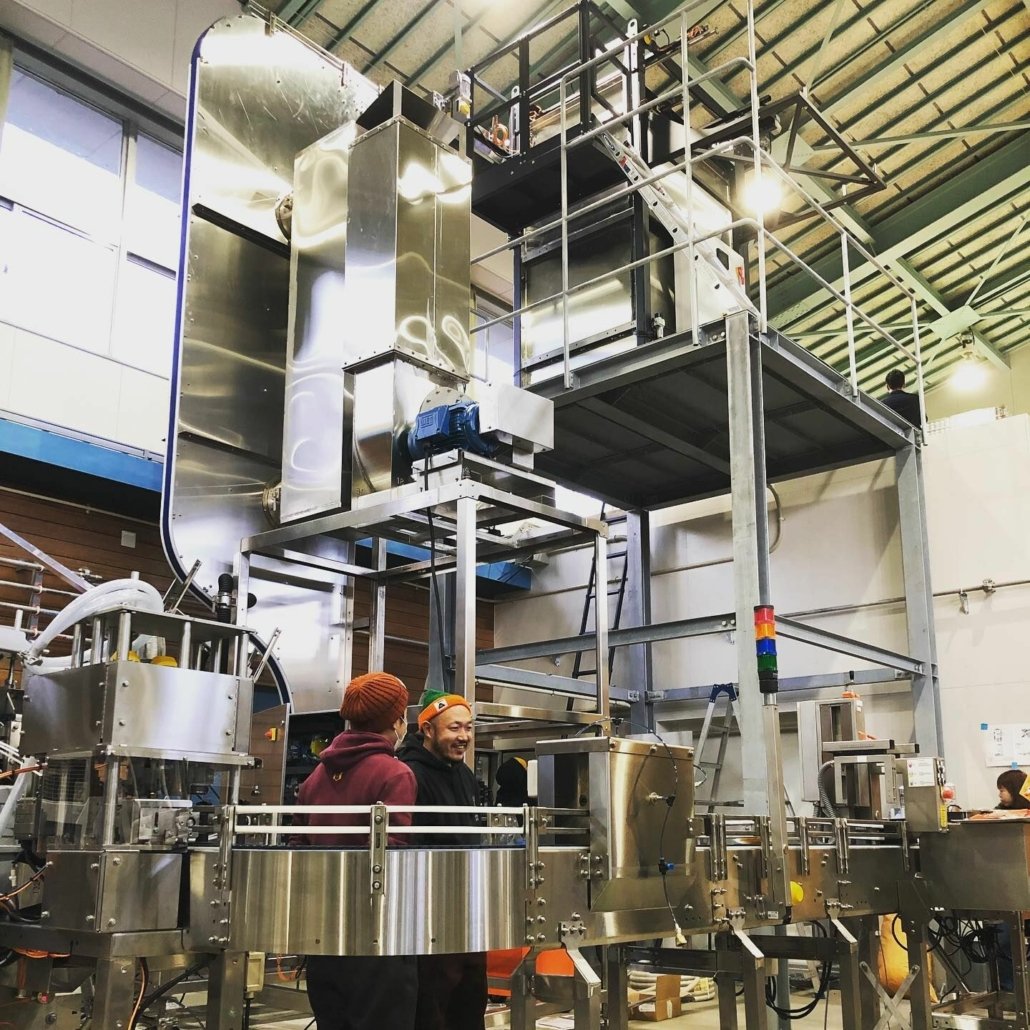
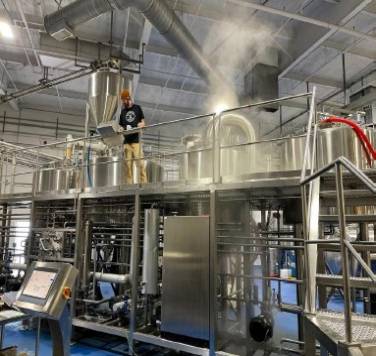
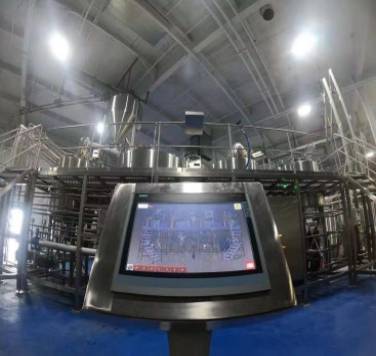

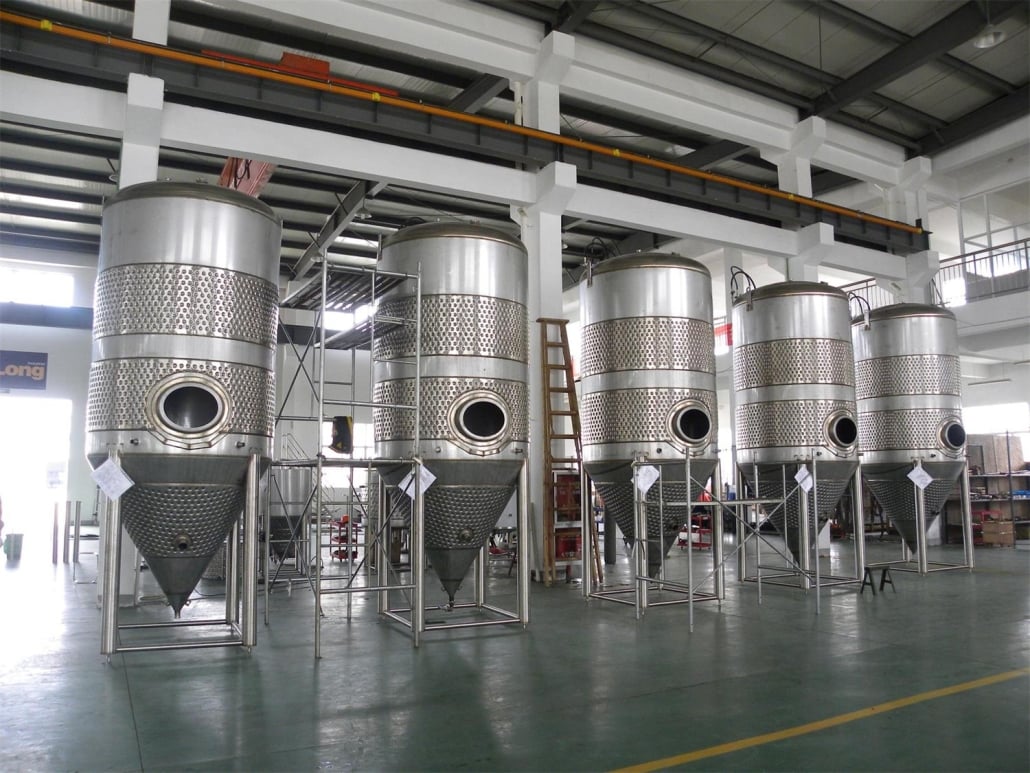
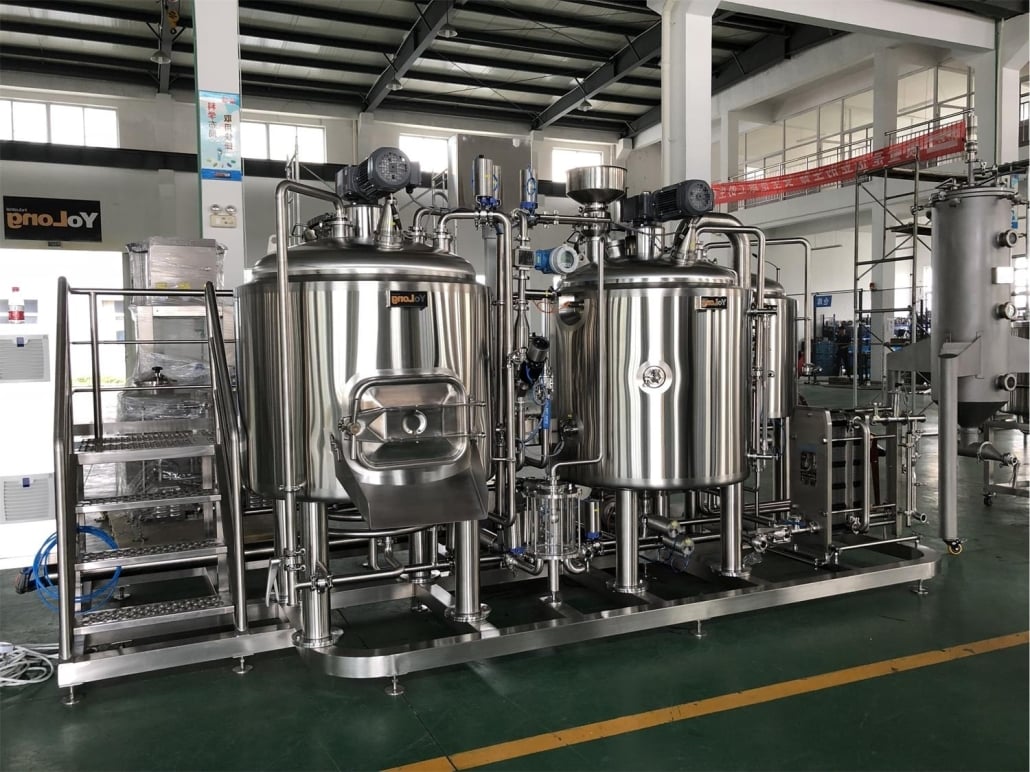
3 Vessel vs. 1 & 2 Vessel Systems: Which One Is Better for a 3 bbl Brewery?
This is a common conundrum for brewers. Should you go with a single-vessel brew-in-a-bag (BIAB) style? A two-vessel system with mash/lauter tun and boil kettle? Or go all out with a three-vessel setup?
A three-vessel system typically includes a Hot Liquor Tank (HLT), Mash/Lauter Tun, and Boil Kettle. It’s more complex, but gives brewers full control over each stage. You can batch sparge, control temps precisely, and scale recipes more easily.
Two-vessel systems are a step down in complexity, often combining mash and lauter functions, while still keeping a dedicated boil kettle. It’s less space and less money—but you sacrifice some efficiency.
One-vessel systems are perfect for budget-conscious setups, but aren’t ideal when consistency and quality control matter most, especially in commercial settings.
So, for a 3 bbl operation aiming for professional quality and consistency? Go three-vessel. It’s better for efficiency, batch control, and flavor precision.
Who Should Use a 3 bbl Fermenter?
This fermenter size isn’t for the average hobbyist—it’s for serious brewers with some skin in the game. Think:
- Nano breweries that produce small batches for local consumption.
- Brewpubs wanting to brew on-site to pair with meals.
- Homebrewers going pro and stepping into the commercial realm.
- Pilot systems for larger breweries testing new recipes.
If you’re ready to turn your passion into profit or your recipes into revenue, the 3 bbl fermenter is a solid first commercial step.
Benefits and Drawbacks of 3 bbl Fermenter
Every brewing setup has its pros and cons. Let’s break them down:
| Feature | Benefits | Drawbacks |
|---|---|---|
| Batch Size | Produces 90+ gallons, ideal for small sales volume | Might be too small for high-demand taprooms |
| Footprint | Fits in small spaces, great for garages or tight breweries | Still needs ceiling clearance for CIP and connections |
| Control | Precise temp and pressure management | Requires glycol system and regular monitoring |
| Quality | Commercial-grade brewing capability | Cleaning and sanitization is more work than homebrew gear |
| Cost | Affordable compared to larger tanks | Higher upfront cost than basic homebrew setups |
Top 3 bbl Fermenters in the Market: Compared Side-by-Side
Here’s a look at some of the most trusted 3 bbl fermenters out there today. We’re comparing specs, prices, and features so you can make an informed decision.
| Brand / Model | Material | Jacketed | Racking Arm | Sample Port | Approx. Price | Best For |
|---|---|---|---|---|---|---|
| Ss Brewtech Unitank Pro | 304 SS | Yes | Yes | Yes | ~$5,500 | Pro pilot setups |
| Stout Tanks Conical | 304 SS | Yes | Yes | Yes | ~$4,800 | Nano breweries |
| Blichmann Pro Fermenter | 304 SS | No (optional) | Yes | Yes | ~$4,000 | Home-to-pro transitions |
| Spike Brewing Nano | 304 SS | Yes | Yes | Yes | ~$5,200 | Brewpubs & creative commercial brews |
These tanks vary in price depending on accessories like CIP (Clean In Place) arms, pressure-rated lids, sight glasses, and digital controls. Consider future expansion when choosing—buy once, cry once.
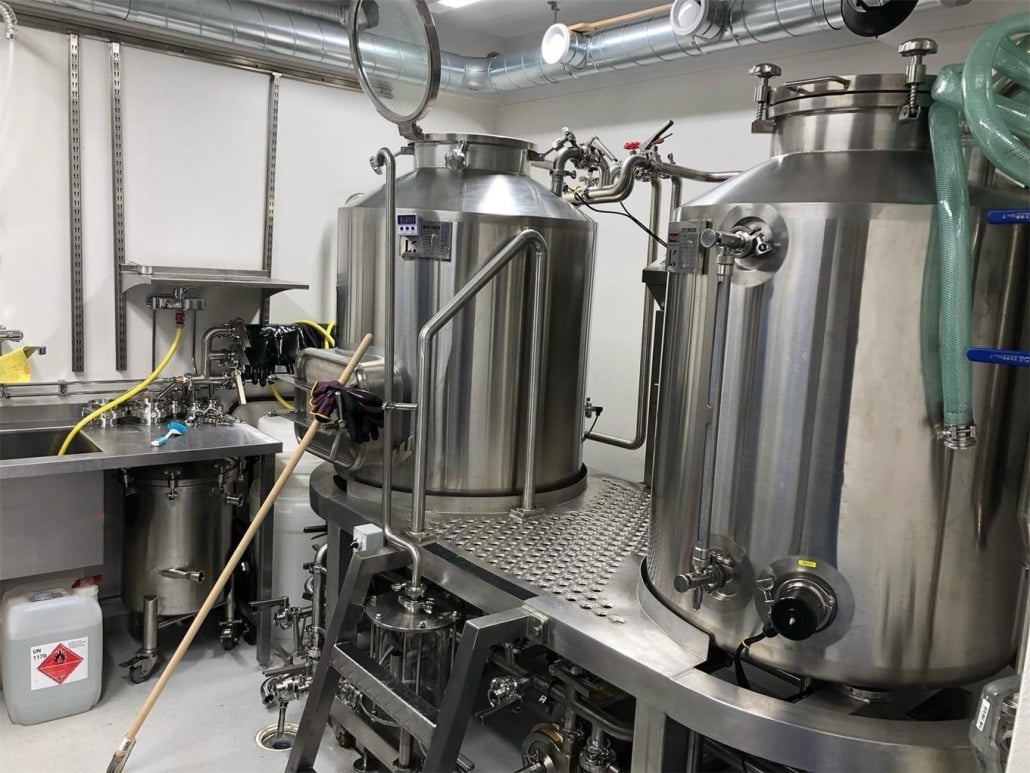
FAQ
| Question | Answer |
|---|---|
| How many beers can I produce with one 3 bbl fermenter batch? | Around 93 gallons, or roughly 744 pints, depending on style and carbonation level. |
| Do I need a glycol chiller for a 3 bbl fermenter? | Yes, if you want accurate temperature control, especially for lagers or consistent ale fermentation. |
| How tall is a typical 3 bbl fermenter? | Usually between 6.5 to 8 feet tall, depending on the brand and accessories attached. |
| Can I ferment under pressure with these tanks? | Some 3 bbl fermenters allow pressurized fermentation, especially Unitanks. Always check the PSI rating. |
| Is it hard to clean? | They often include CIP spray balls. Still, regular deep cleaning with caustic and acid rinse is needed. |
| What’s the lifespan of a 3 bbl fermenter? | With proper maintenance, these stainless steel tanks can last 10–20 years or longer. |
| Can I scale this setup later? | Absolutely. Many brewers start with one 3 bbl and grow to multiple fermenters or larger tanks over time. |
| Is it worth it for a homebrewer? | If you’re brewing to sell or serve at events, yes. For casual hobbyists, it might be overkill in terms of cost and space. |

